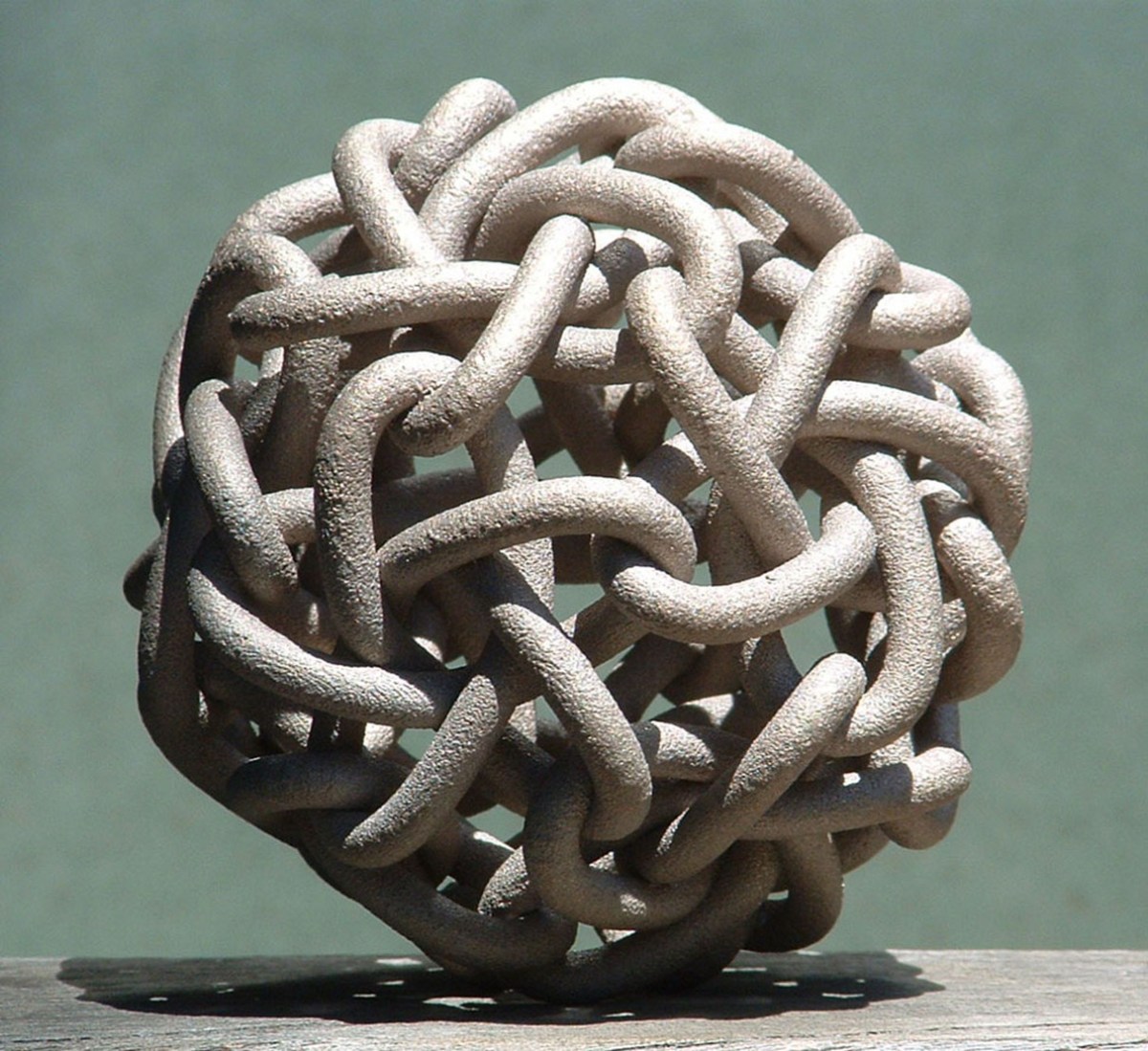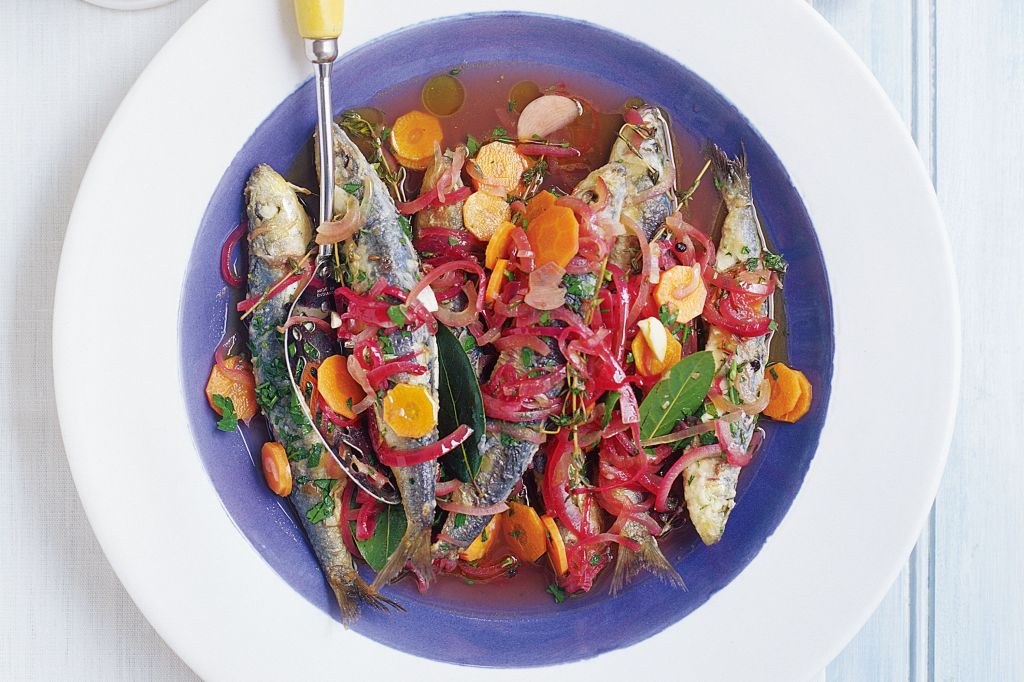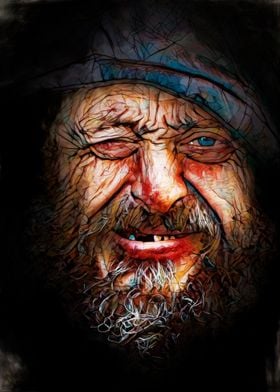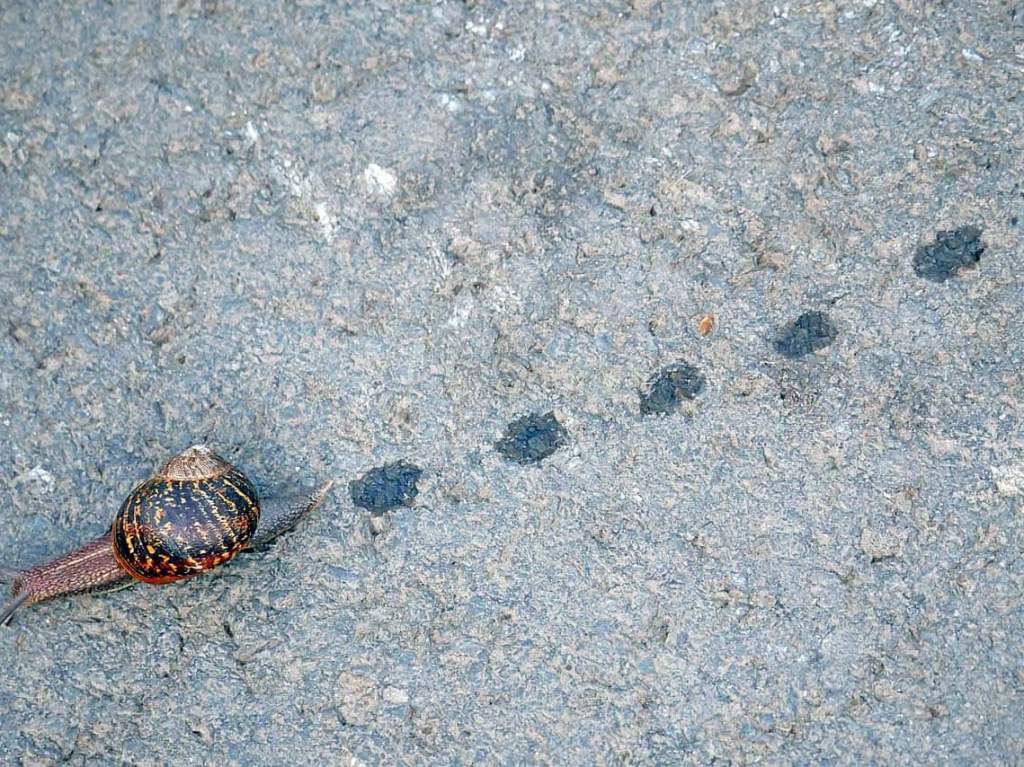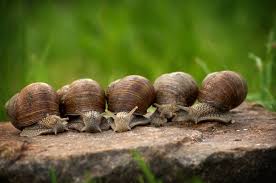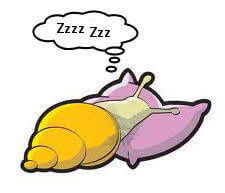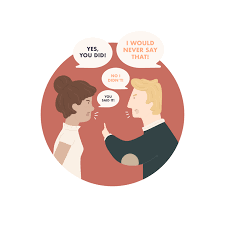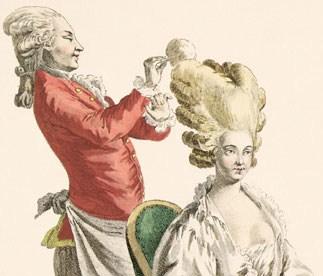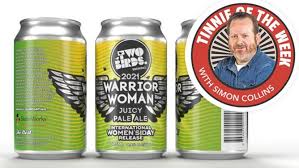Life today is complicated: many components beset everyday problems. The modern politician has to find the courage and wisdom of Alexander to find a solution that is simple and easy to understand.
That’s the job – finding the right sword to cut the knot.
Brexit may be regarded as an Alexandian solution, not elegant but a simple severance. Covid has masked that track, so success will be hard to judge.
Here in Australia, my thoughts drift towards the Voice as a solution to Indigenous demands for attention and appeasement of the minority zealotry prevailing in the neo-liberal generation which has permeated our universities and subverted critical thinking.

It is an elegant, simple solution, devised to meet the short span of attention engendered by the memes, tropes and tweets of modern social media.
But the longer thoughts linger, supposedly simple solutions lose their lustre. It has a good chance of failure, which may require Albo to embrace the point of his sword as opposed to the blade. How sad!
Complexity and multiplicity of contributing factors cannot be ignored. Alexander could employ radical tactics, he was backed by the biggest, most succesful army in the world. Lesser mortals in democracies have to ensure majority support.
Putin in Russia frequently slashes through Gordian knots, even decapitating military threats … but the very fact that he perceives the need to do so suggests that there are greater problems.
There is very rarely a simple solution to a complex problem, without some sort of magic, deception, smoke or mirrors..
Something Eddy Jones, the Wallabies coach knows and is trading on in the Rugby World Cup, starting tomorrow!!
